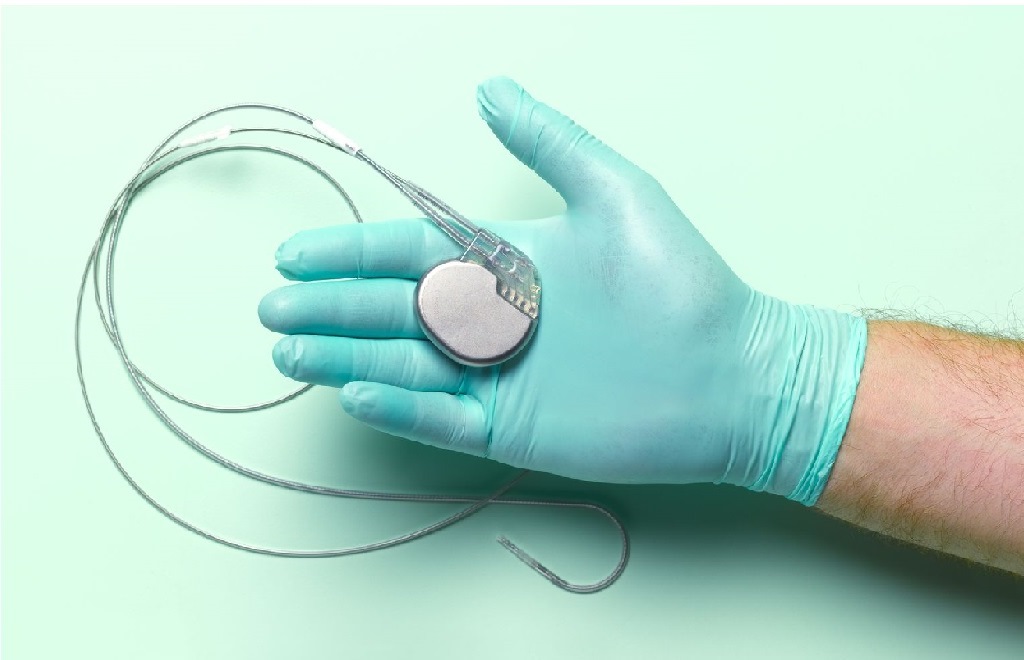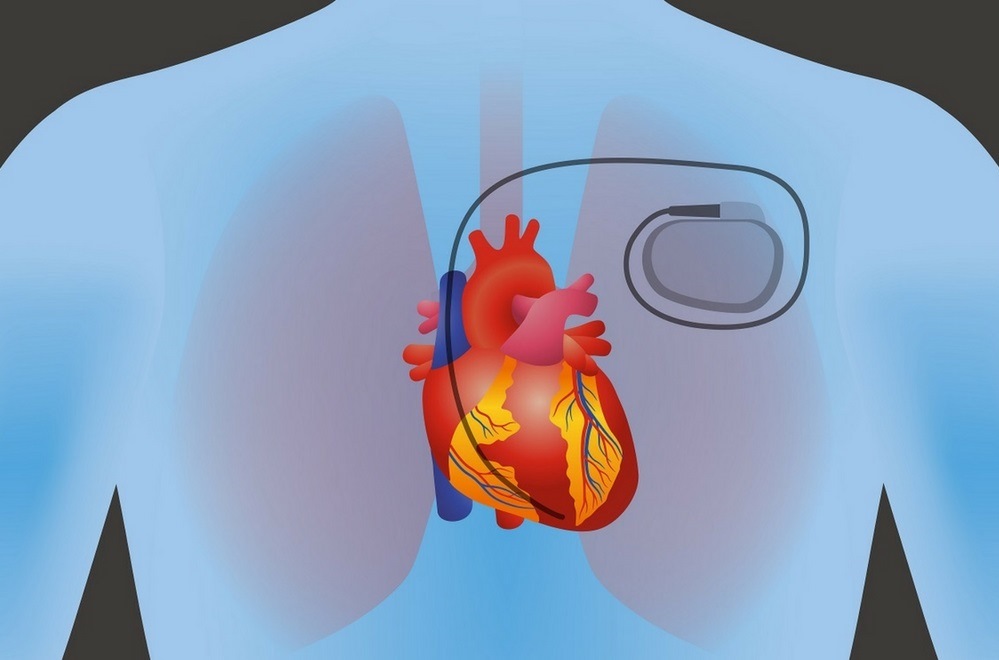Immediately after the heart pacemaker surgery, the patient is transferred to the recovery room where he or she can rest for a few hours or a day. Once their condition is stable, he or she is transferred to a hospital room.
• You’ll usually stay in the hospital for one day after having a pacemaker implanted. Meanwhile, the cardiac surgeon keeps a tab on the recovery of the patient and his or her vital signs. If needed, tests are conducted to monitor the health of the patient and confirm the correct placement of the leads and the pacemaker device.
• You should be able to return to normal physical activities soon after surgery. As a precaution, it’s usually recommended that strenuous activities are avoided for around 4 to 6 weeks after having a pacemaker fitted. After this, you should be able to do most activities and sports.
• You’ll be able to feel the pacemaker, but you’ll soon get used to it. It may seem a bit heavy at first and may feel uncomfortable when you lie in certain positions.
• You’ll need to attend regular check-ups to make sure your pacemaker is working properly. Most pacemakers store information about your natural heart rhythms. When you have follow-up appointments, your doctor can retrieve this information and use it to check how well your heart and the pacemaker are working.
• If you feel dizzy or feel your heart beating faster while using an electrical appliance, simply move away from it to allow your heartbeat to return to normal.
• You may experience pain in your chest for some days but it is normal and will disappear soon.
 English
English
 English
English
 English
English





